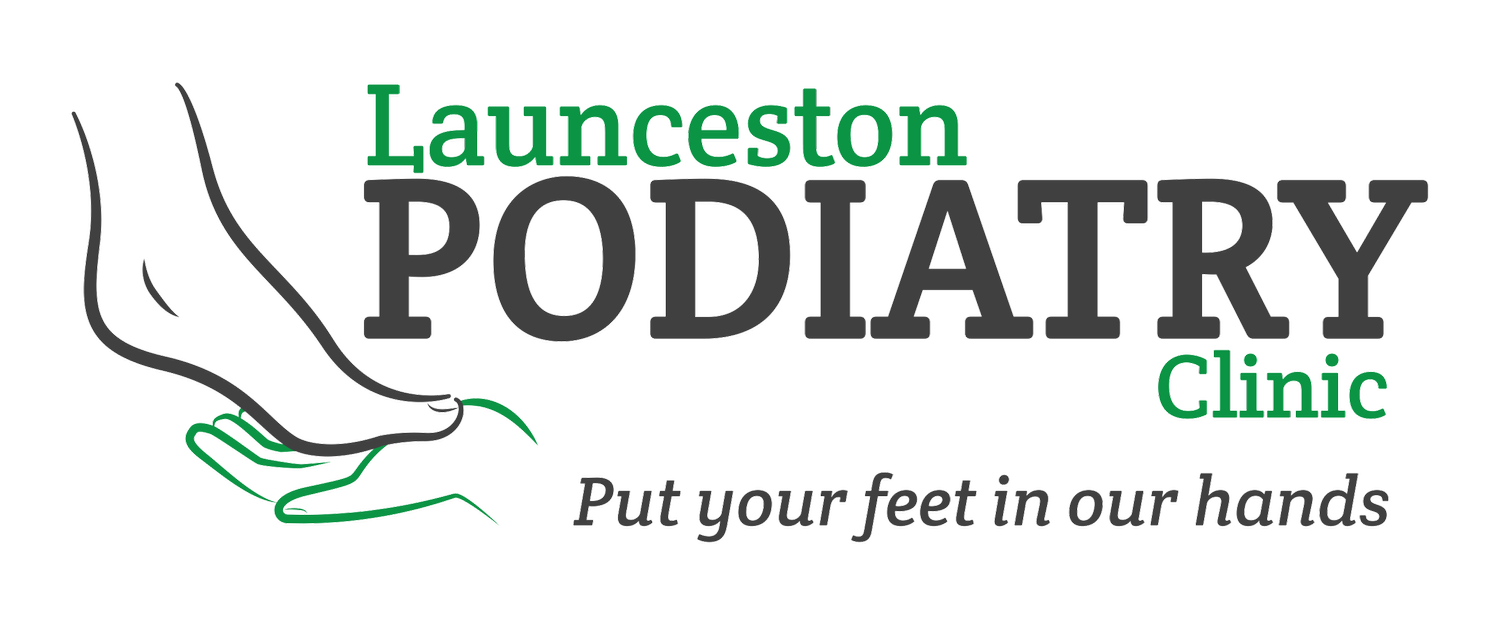Corns are something that we see and treat on a daily basis at our clinic. They can be quite unpleasant and feel quite painful for patients who present with it. We usually use fancy terms for them such as heloma durum (hard corns), heloma milliare (seed corns) or heloma molle (soft corns) which are different types of corns that are either hard or soft, but in essence they are all corns! We know they can be extremely painful and if you have ever had one you know how it can affect your daily life, activity and mobility. But what are they? Well essentially corns develop from callus (excess build of dead skin) and often develop over bony areas and areas with a lot of friction in combination with excessive pressure. Occasionally the fatty padding or cushioning under our feet become thinner and this also leads to excessive forces that lead to the formation of callus. This together with poorly fitted shoes, your biomechanics (the way you walk) and bony prominences (like bunions or hammertoes), can lead to hard skin build up and with all these callused areas of pressure and friction, keratin cells (protein found in our hair, nails and skin) are tightly packed even further to form a core. This hardened core is what is known as corn which applies pressure to the tissue below the skin hence causing that uncomfortable, painful feeling. Common sites for corns to develop may be under the ball of your feet, under the big toe joint, the tips or tops of the toe, and between the toes.
There are a few different types of corns that was mentioned previously such as hard corns (heloma durum) which are usually larger and covered with hard skin that will appear over areas of pressure like bony areas and joints. Soft corns (heloma molle) are mostly associated with soft, macerated (moist) skin due to excessive moisture which commonly develop in between the toes. Seed corns (heloma milliare) are a lot smaller in size and appear in clusters that commonly occur in areas of friction such as the balls of the feet. So who develops corns? Well they really don’t discriminate, but they are very common in athletes and in individuals who are exposed to uneven friction from footwear, including elderly people, diabetic patients and amputees as well as abnormal foot mechanics, foot deformities and high activity levels. Individuals who work in jobs that require them to spend a lot of time on their feet are also prone to developing corns.
So how do we treat them? We can treat them successfully by removing the hard, painful centre of the corn with a sterile scalpel. This is usually a completely pain free process that can provide instant relief! Depending on where the corns are, we can provide a variety of treatments to reduce the load to a specific area to delay the recurrence of corns, or even prevent corns from reoccurring altogether. For instance if there is a corn between your toes, we often make custom moulded silicon devices to reduce friction and pressure or provide you with a foam or silicon toe sleeve. For corns on the sole of the foot, we may provide offloading devices such as padding in your shoes or even orthotics to reduce pressure. We can also assess your footwear as more often than not it is ill fitting shoes that can cause corns to occur.
Please never attempt to remove a corn yourself as hacking away at the centre of the corn can damage healthy tissue, nerves and blood vessels which may result in infections, scarring or in severe cases ulceration (a hole through the skin). Another thing to avoid is using corn pads purchased from the chemist. If applied improperly these pads can move and shift to the healthy skin tissue, creating chemical skin burns in the healthy tissue around the corn which can cause skin breakdown leading to infections and ulcers especially with individuals with diabetes, poor circulation or numbness in their feet.
If you are suffering from pesky corns, then why put up with the pain and book in an appointment with one of our podiatrists so we can help you get back to moving well and feeling great.
Written By Sonia Konstantinovic.

